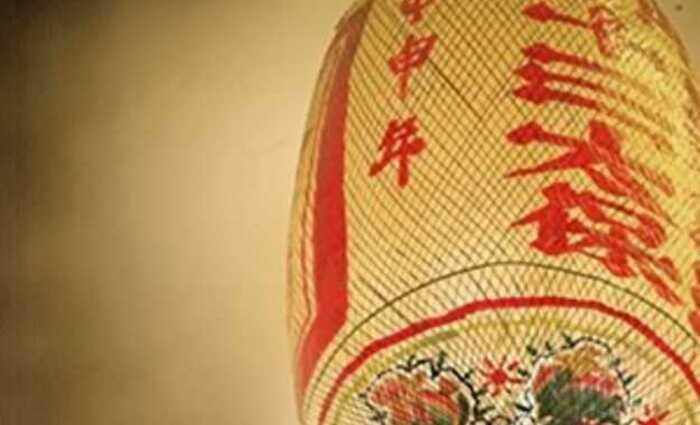
The History of Chinese New Year
Chinese traditions attract good fortune for the New Year
It's time to celebrate Chinese New Year and its many traditions to attract happiness and good fortune in the coming year! There is a long, colorful history to this holiday. Many myths, legends, and stories have developed over time, and the more you know, the better you'll be able to appreciate the Chinese New Year and all the wonderful things to come!
The legend of Nian
According to Chinese legend, ancient people were once terrorized by a beast called the Nian -- a ferocious, man-eating monster. The beast came out every 12 months to prey on humans until an old man tricked it into disappearing. The brute's departure was a cause for celebration, and so it became the Chinese New Year.
The Chinese New Year is celebrated on the second New Moon after the Winter Solstice, which usually falls somewhere between January 21 and February 20. If you live in a city that has a Chinatown, you've no doubt seen the red and gold decorations, fireworks, and parades. It was believed that the Nian was sensitive to loud noise and the color red, so both are used liberally to commemorate the occasion. Gold, not surprisingly, symbolizes wealth, and it is said to bring prosperity in the New Year.
Chinese zodiac signs
Each New Year is ruled by one of the 12 animals in the Chinese zodiac: Rat, Ox, Tiger, Rabbit, Dragon, Snake, Horse, Sheep, Monkey, Rooster, Dog and Pig, in that order. You can look up your Chinese Astrology animal sign here. And if you're wondering how the order came to be, there's a legend behind that, too.
Buddha invited all of the animals to help him celebrate the Chinese New Year and announced that each year would be represented by one of them. They had a race to determine who would go first. The Ox was in the lead, but the Rat jumped onto his back, jumped off at the last minute, and won the big prize -- the first lunar year. The Pig, being the laziest of the bunch, came in last. People born in each year are said to carry the personality traits of that animal -- like the Western zodiac signs relate to ruling planets.
Attract good fortune for the year ahead
On the days leading up to the New Year, Chinese families clean their homes, believing it will erase the previous year's bad luck and open their homes to the good. Chinese New Year's Eve is celebrated with a large family dinner containing fish and dumplings, the latter of which symbolize wealth because they are shaped like gold nuggets.
The Chinese New Year celebration lasts for 15 days. The first day is the biggest celebration, complete with firecrackers and parades. Children are given red envelopes containing money. Markets also open, and people hang paper signs on doors welcoming luck, happiness, and prosperity. The days following differ based on activities and foods eaten. For example, the second day is one in which married daughters visit their parents. On the seventh day, the Chinese eat yusheng, a tossed raw fish salad.
Chinese New Year celebrations aren't just limited to China. While Japan doesn't celebrate the holiday, other Asian countries do, including Vietnam, Korea, Mongolia, and Nepal.
Ready for more Chinese wisdom? Find answers to your deepest questions with an I Ching reading!
Ready to go deeper? Awaken your creativity and overcome obstacles with a Karma Tarot Reading!



